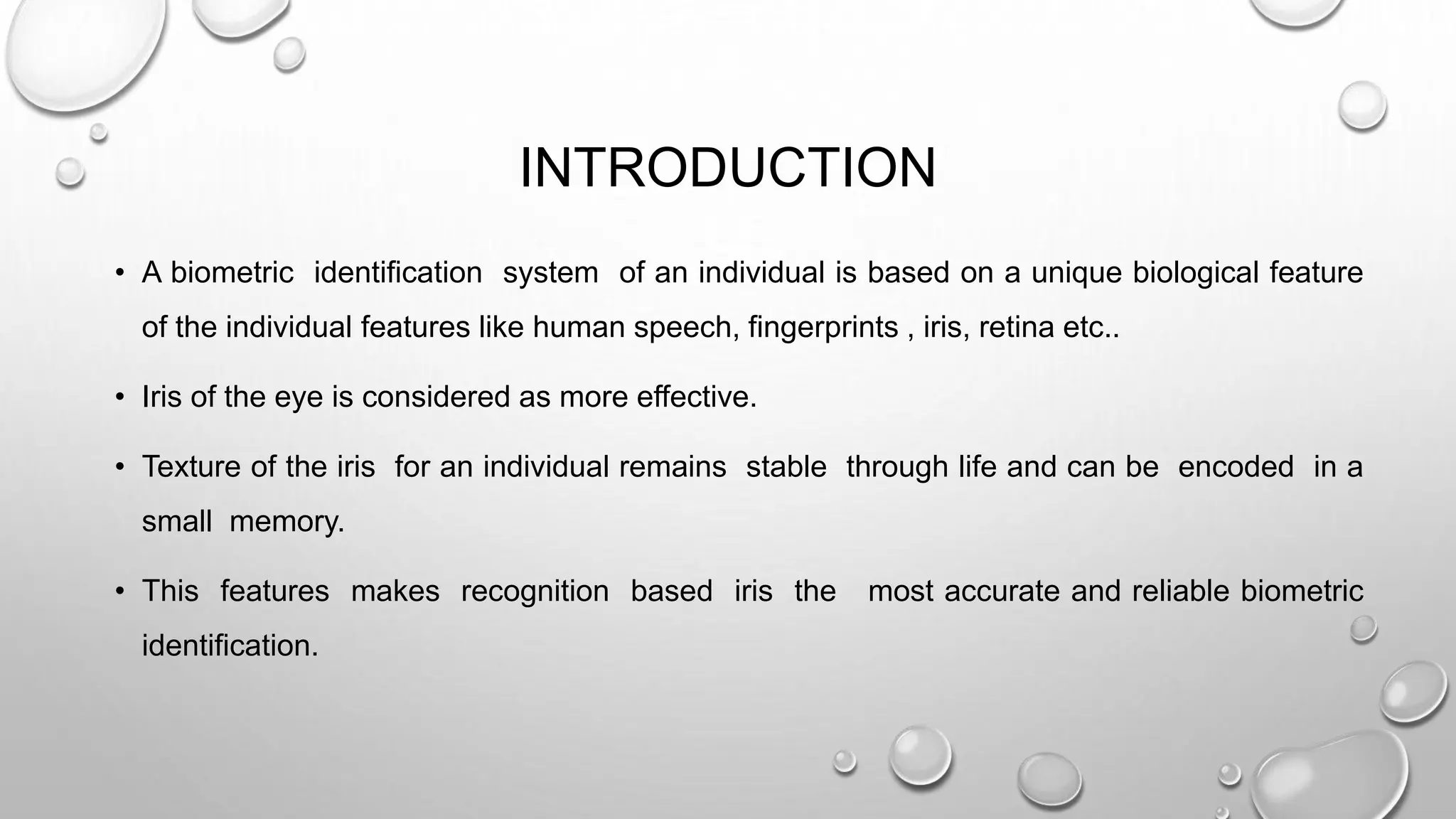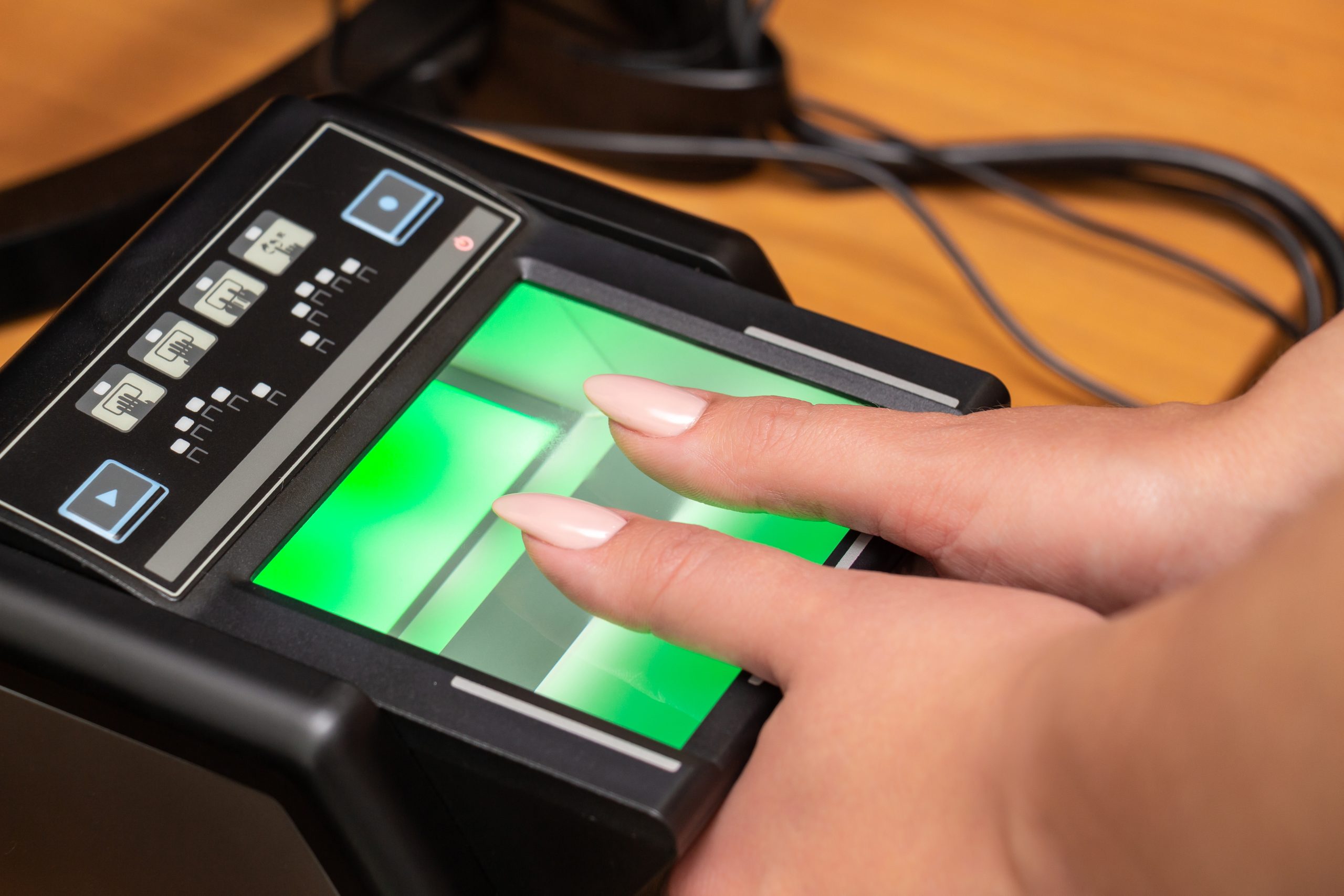In the realm of digital identity, "Aadhaar: A Comprehensive Guide to India's Biometric Identification System" stands as a beacon of innovation and transformation in India. As the nation's foundational identity infrastructure, Aadhaar has revolutionized the way citizens access essential services, empower themselves, and contribute to the progress of the country.
Editor's Note: "Aadhaar: A Comprehensive Guide to India's Biometric Identification System" has been published on [Today's date] to provide comprehensive information about this critical system and its impact on Indian society.
To delve deeper into the intricacies of Aadhaar, we have conducted extensive analysis, gathered invaluable insights, and curated this guide to empower our readers with a thorough understanding. Our aim is to shed light on the significance of Aadhaar and its multifaceted benefits, ensuring that individuals can make informed decisions and leverage its potential for personal and collective growth.
Key Differences:
| Aadhaar Number | Virtual ID |
|---|---|
| 12-digit unique identification number | 16-digit temporary ID that can be generated and deactivated |
| Permanent | Temporary and can be changed |
| Can be used for official purposes | Can be used for non-official purposes |
Transition to Main Article Topics:
FAQ
This article provides comprehensive information about Aadhaar, India's biometric identification system. To further enhance your understanding, here are answers to frequently asked questions that may clarify any concerns or misconceptions about Aadhaar.

Pm Kisan Aadhaar Link: A Comprehensive Guide To Link Your Aadhaar To - Source transferandpostings.in
Question 1: What is the purpose of Aadhaar?
Aadhaar is a unique identification number issued by the Unique Identification Authority of India (UIDAI) to Indian residents. It aims to provide a secure and reliable way to establish identity and authenticate individuals for various purposes, including accessing government benefits and financial services.
Question 2: Is Aadhaar mandatory?
While Aadhaar enrollment is voluntary, it is becoming increasingly necessary for accessing a range of services, including banking, healthcare, and government subsidies. It is recommended to obtain an Aadhaar card to ensure seamless access to essential services.
Question 3: How secure is Aadhaar?
Aadhaar utilizes advanced encryption and security measures to protect the privacy and confidentiality of individuals' biometric and personal data. The UIDAI has implemented strict protocols to safeguard against unauthorized access and data breaches.
Question 4: Can Aadhaar be used for tracking individuals?
No. Aadhaar is primarily intended for identity authentication and does not have tracking capabilities. The system is designed to protect individuals' privacy and prevent unauthorized surveillance.
Question 5: What should I do if I lose my Aadhaar card?
In case of loss or theft, immediately report it to the UIDAI through their website or helpline. You can request a reprint of your Aadhaar card by providing the necessary details and paying a nominal fee.
Question 6: Can I update my Aadhaar details?
Yes, you can update your Aadhaar details such as address or photograph through authorized Aadhaar centers or online using the UIDAI portal. It is important to keep your Aadhaar information up-to-date to ensure accurate identification.
By addressing these common questions and concerns, this FAQ aims to provide a comprehensive understanding of Aadhaar. For further information, refer to the detailed guide or visit the official Aadhaar website.
Next Article Section: Exploring the benefits and advantages of Aadhaar
Tips

Effective Biometric system with using of iris detection.pptx - Source www.slideshare.net
Adhere to these tips to leverage the Aadhaar system effectively:
Tip 1: Enroll for Aadhaar Promptly
Expedite the enrollment process to obtain your unique Aadhaar number, ensuring access to essential government services and financial benefits.
Tip 2: Secure Your Aadhaar Data
Maintain confidentiality of your Aadhaar details, including your number and biometric information, to prevent misuse by unauthorized individuals.
Tip 3: Link Aadhaar to Essential Services
Connect your Aadhaar number to vital services such as bank accounts, mobile numbers, and income tax returns to simplify transactions and enhance access.
Tip 4: Update Your Aadhaar Information
Ensure your Aadhaar information remains current by updating it promptly in case of changes in address, contact details, or biometric data.
Tip 5: Utilize Aadhaar-Based Services
Take advantage of Aadhaar-enabled services like digital payments, electronic signatures, and e-KYC to streamline various processes and improve convenience.
For a comprehensive understanding of India's biometric identification system, refer to Aadhaar: A Comprehensive Guide To India's Biometric Identification System.
Aadhaar: A Comprehensive Guide To India's Biometric Identification System
Aadhaar, the world’s largest biometric identification system, is a critical element in India’s digital infrastructure. Its multi-faceted nature demands a comprehensive understanding of its key aspects.
- Unique Identification: Aadhaar assigns a 12-digit unique identity number to every Indian resident.
- Biometric Authentication: It uses fingerprint and iris scans for secure and reliable authentication.
- Data Security: Aadhaar employs robust encryption and data protection measures to safeguard personal information.
- Government Linkages: Aadhaar is seamlessly integrated with various government services, enabling efficient and transparent delivery.
- Financial Inclusion: It has facilitated financial inclusion by providing access to banking and other financial services for the underserved.
- Social Welfare: Aadhaar helps prevent fraud and leakages in welfare schemes, ensuring benefits reach intended beneficiaries.
In conclusion, Aadhaar’s unique identification, biometric authentication, data security, government linkages, role in financial inclusion, and impact on social welfare are key aspects that contribute to its comprehensive nature. Understanding these aspects is crucial for appreciating the significance of Aadhaar in India's digital transformation and its implications for the future.

Facial Recognition System Concept. Face ID, Face Recognition System - Source www.dreamstime.com

How to choose the best biometric system! - Basic Info Portal - Source www.basicinfoportal.com
Aadhaar: A Comprehensive Guide To India's Biometric Identification System
Authored by the Unique Identification Authority of India (UIDAI), this extensive guide provides crucial information regarding Aadhaar, India's biometric identification system. It acts as a comprehensive resource, covering key aspects like enrollment, authentication, and the benefits of Aadhaar. The guide's exhaustive nature ensures readers gain a thorough understanding of the system.

Demystifying Udyog Aadhaar Registration: A Comprehensive Guide for - Source newsideas.in
Aadhaar's significance as a component of "Aadhaar: A Comprehensive Guide To India's Biometric Identification System" stems from its role as the foundation for the system's functionality. The book delves into the enrollment process, explaining how individuals can register their biometric and demographic data. It also explores the various methods of authentication, including fingerprint scans, iris scans, and OTP-based verification.
Understanding the connection between "Aadhaar: A Comprehensive Guide To India's Biometric Identification System" and its content is vital for several reasons. Firstly, it enables readers to grasp the importance of Aadhaar in India's digital transformation and its impact on various sectors such as banking, healthcare, and welfare schemes.
Furthermore, the guide emphasizes the practical significance of Aadhaar, highlighting its use cases and benefits. It explains how Aadhaar streamlines processes, reduces paperwork, and enhances security. For instance, using Aadhaar for e-KYC simplifies account opening and reduces the risk of fraud.
| Aspect | Importance |
|---|---|
| Enrollment | Establishes the individual's identity and creates a unique biometric database. |
| Authentication | Verifies an individual's identity using biometric or OTP-based methods. |
| Benefits | Simplifies processes, reduces paperwork, enhances security, and promotes financial inclusion. |
Conclusion
"Aadhaar: A Comprehensive Guide To India's Biometric Identification System" provides an indispensable resource for understanding the intricacies of Aadhaar. Its thorough exploration of the system's components, enrollment process, and authentication methods empower readers to harness the benefits of Aadhaar effectively.
As India continues to embrace digital transformation, Aadhaar will play a pivotal role in driving innovation and creating a more inclusive society. The guide serves as a valuable tool for individuals, organizations, and policymakers alike.
